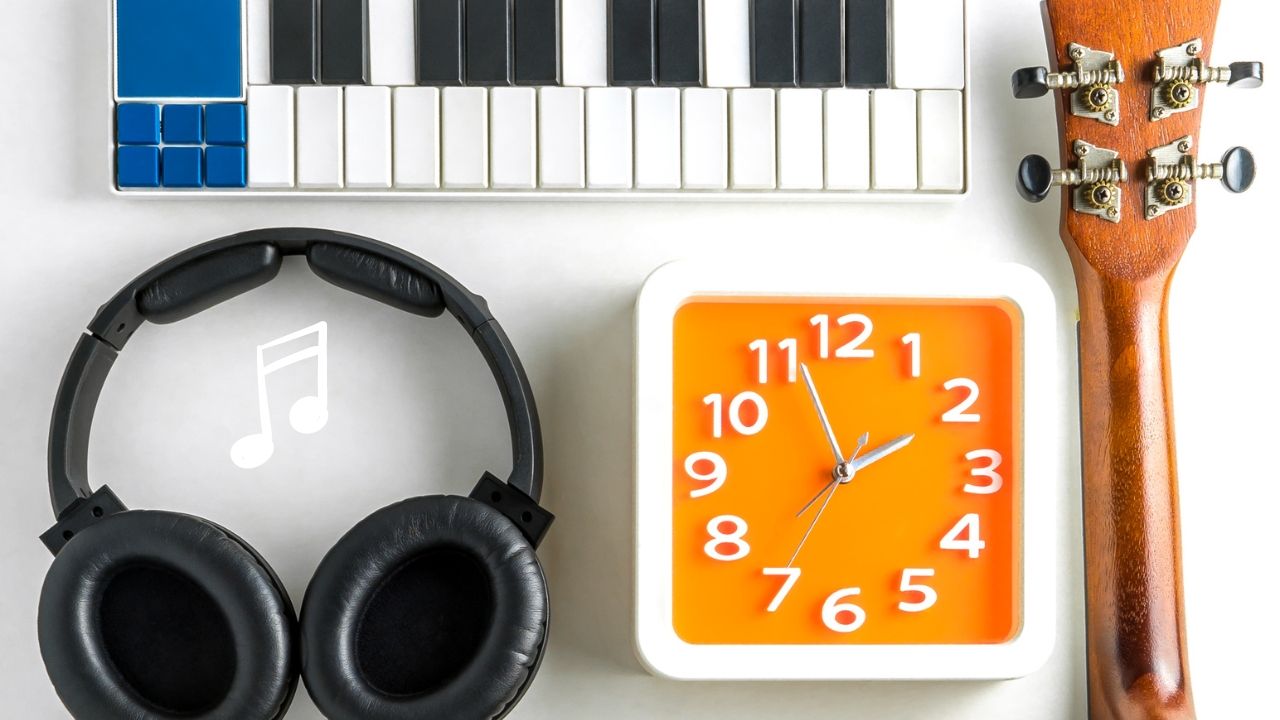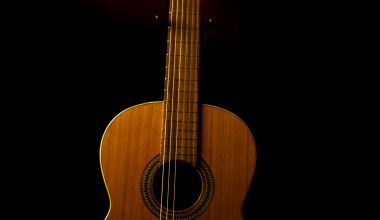The Hindi music industry has been a significant part of India’s cultural and entertainment landscape for decades. From the melodious tunes of the golden era to the peppy beats of contemporary Bollywood music, the Hindi music industry has seen a remarkable evolution. This blog aims to explore the rich history, current trends, challenges, and opportunities within the Hindi music industry.
A Brief History of the Hindi Music Industry
The music industry dates back to the early 20th century with the advent of Bollywood films. The music of Bollywood films, often referred to as film music, has been the backbone of the Hindi music industry. The 1940s and 1950s are considered the golden era of Hindi film music, marked by the contributions of legendary composers like Naushad, S.D. Burman, and singers like Lata Mangeshkar and Kishore Kumar. Their work laid the foundation for the Hindi music industry and set high standards for musical excellence.
In the 1960s and 1970s, the music industry saw the rise of R.D. Burman, whose innovative compositions combined Indian classical music with Western influences. This era also witnessed the emergence of playback singers like Mohammed Rafi, Asha Bhosle, and Mukesh, whose voices became synonymous with Bollywood songs.
Evolution and Modern Trends
In recent decades, the Hindi music industry has evolved significantly. With the influence of Western music and technology, the sound and production quality of Hindi songs have seen a massive transformation. Today, the music industry incorporates a variety of genres such as pop, rock, hip-hop, and electronic music, catering to a diverse audience.
One of the major trends in the Hindi music industry is the rise of independent music. With the advent of digital platforms like YouTube, Spotify, and Apple Music, independent artists now have a platform to showcase their talent. This shift has given rise to a new wave of music that is fresh, experimental, and often deviates from the traditional Bollywood music template.
The Impact of Digital Platforms
The digital revolution has had a profound impact on the Hindi music industry. Music streaming platforms have changed the way music is consumed, providing easy access to a vast library of songs. This has allowed artists to reach a global audience without the need for traditional record labels.
YouTube, in particular, has become a powerful platform for music discovery. Many independent artists in the Hindi music industry have gained popularity through their YouTube channels, where they upload music videos and engage with their audience. The platform’s algorithm helps new and lesser-known artists get discovered by a wider audience.
Streaming services like Spotify and Apple Music also play a crucial role in the distribution of Hindi music. These platforms offer curated playlists, personalized recommendations, and data insights that help artists understand their audience better and tailor their music accordingly.
Challenges Facing the Hindi Music Industry
Despite its growth and evolution, the Hindi music industry faces several challenges. One of the primary issues is piracy. Illegal downloading and streaming of music have significantly impacted the revenue of the music industry. While streaming platforms have somewhat mitigated this issue, piracy remains a persistent problem.
Another challenge is the dominance of film music. While film music has been the cornerstone of the music industry, it often overshadows independent music. Many talented artists struggle to get recognition because the industry is heavily skewed towards Bollywood music.
Additionally, the industry faces challenges related to royalties and fair compensation for artists. Many artists and composers often do not receive their fair share of earnings from music sales and streams. This issue has led to numerous disputes and calls for more transparent and fair royalty systems.
The lack of infrastructure and support for independent artists is another significant challenge. While digital platforms provide a way for artists to distribute their music, there is still a need for better resources and support systems to help them navigate the industry and sustain their careers.
Opportunities in the Hindi Music Industry
Despite these challenges, there are numerous opportunities in the Hindi music industry. The digital revolution has opened up new avenues for music distribution and promotion. Social media platforms and music streaming services have made it easier for artists to reach a global audience. This democratization of music distribution means that artists no longer need to rely solely on traditional record labels to succeed.
Another opportunity lies in the growing interest in regional and folk music. The diverse cultural heritage of India offers a rich repository of musical styles that can be blended with modern music to create unique sounds. Many artists in the Hindi music industry are now exploring these genres, bringing traditional music to mainstream audiences.
Moreover, collaborations with international artists and exposure to global music trends offer exciting possibilities. The music industry can benefit from these collaborations by incorporating new styles and techniques, thereby creating innovative and appealing music.
The rise of music festivals and live performances also presents opportunities for artists. Events like NH7 Weekender, Sunburn, and various regional music festivals provide platforms for artists to showcase their talent and connect with their audience. These events also help in building a vibrant music community and fostering collaborations among artists.
The Role of Technology in Shaping the Hindi Music Industry
Technology has played a crucial role in transforming the Hindi music industry. From recording techniques to distribution channels, advancements in technology have made music more accessible and production more efficient.
Digital audio workstations (DAWs) like Ableton Live and FL Studio have revolutionized music production, allowing artists to create high-quality music from their homes. This has led to an increase in the number of independent music producers and artists.
Streaming services have also changed the way music is consumed. Platforms like Gaana, JioSaavn, and Wynk Music have made it easier for listeners to access a vast library of songs at their fingertips. These platforms also offer data insights, helping artists understand their audience better and tailor their music accordingly.
The use of social media and digital marketing tools has become essential for promoting music. Artists use platforms like Instagram, Facebook, and Twitter to connect with their fans, promote their music, and build their brand. These platforms also allow artists to get instant feedback from their audience and engage with them directly.
Prominent Figures in the Hindi Music Industry
The Hindi music industry has been home to numerous talented artists who have left an indelible mark with their work. Legends like R.D. Burman, A.R. Rahman, and Lata Mangeshkar have set high standards with their innovative and timeless music. Contemporary artists like Arijit Singh, Neha Kakkar, and Badshah continue to dominate the charts and have a massive fan following.
R.D. Burman, known for his experimental and versatile music, revolutionized the Hindi music industry with his unique compositions. A.R. Rahman, often referred to as the “Mozart of Madras,” brought international recognition to Indian music with his Oscar-winning scores for films like “Slumdog Millionaire.”
Arijit Singh’s soulful voice has made him one of the most sought-after playback singers in the music industry. Neha Kakkar’s peppy and energetic songs have made her a favorite among the younger audience. Badshah’s fusion of rap and hip-hop with traditional Bollywood music has given him a distinct place in the industry.
The Future of the Hindi Music Industry
The future of the Hindi music industry looks promising with the continued growth of digital platforms and the increasing popularity of independent music. As technology evolves, new forms of music creation and consumption will emerge, offering more opportunities for artists.
The focus on fair compensation and better royalty systems will also play a crucial role in shaping the future of the industry. With more transparency and fairness, artists can expect a more sustainable career in the music industry.
Furthermore, the global recognition of Bollywood music provides an excellent platform for Hindi music to reach international audiences. With strategic collaborations and innovative music production, the Hindi music industry can continue to thrive and evolve.
The integration of artificial intelligence (AI) and machine learning (ML) in music production and distribution is another exciting development. AI tools can assist in composing music, enhancing sound quality, and even predicting music trends. This technological advancement can significantly benefit the music industry by streamlining production processes and offering new creative possibilities.
Conclusion
The Hindi music industry is a vibrant and dynamic part of India’s cultural fabric. Despite facing challenges like piracy and the dominance of film music, it offers numerous opportunities for artists, especially with the rise of digital platforms and independent music. By embracing technology and exploring diverse musical genres, the music industry can continue to grow and innovate, offering fresh and exciting music to audiences worldwide.
For artists looking to make their mark in the music industry, it is essential to stay updated with the latest trends, leverage digital platforms, and explore collaborations. The industry is evolving, and with the right strategies and tools, artists can achieve great success and reach a global audience.
The future of the Hindi music industry is bright, and it holds immense potential for growth and innovation. By addressing the challenges and leveraging the opportunities, the Hindi music industry can continue to thrive and contribute to the rich musical heritage of India.
For further reading, explore these related articles:
- The Evolution and Future of Music Industry Revenue
- The Best Music Industry in the World: A Comprehensive Guide
- How Does the Music Industry Work?
For additional resources on music marketing and distribution, visit Deliver My Tune






